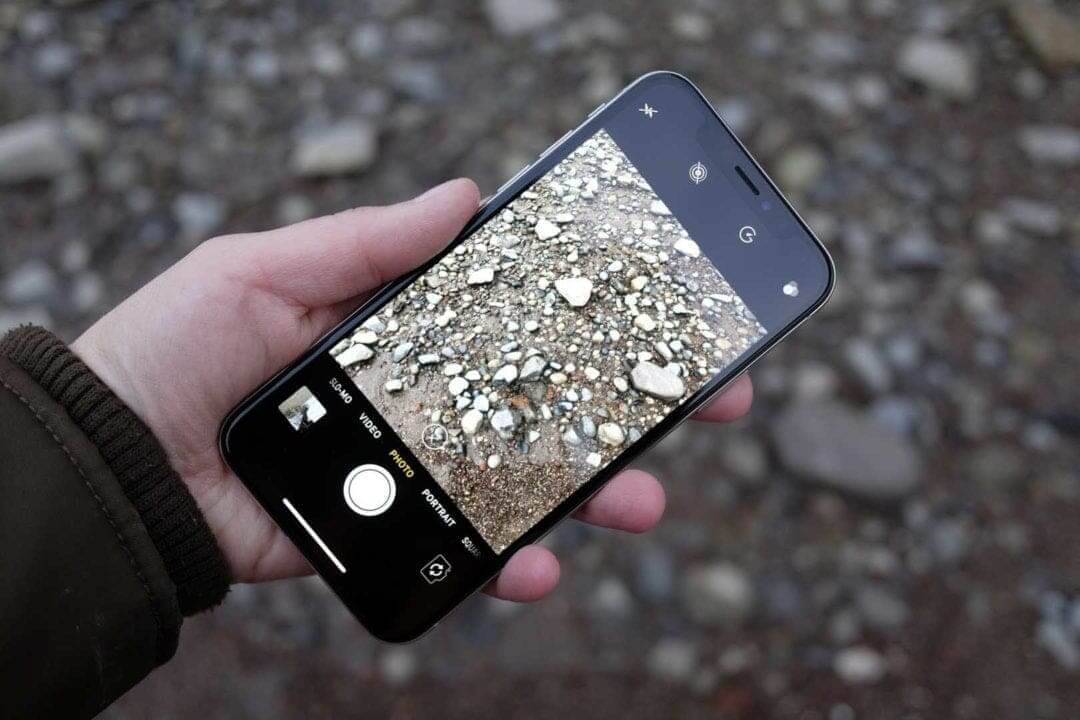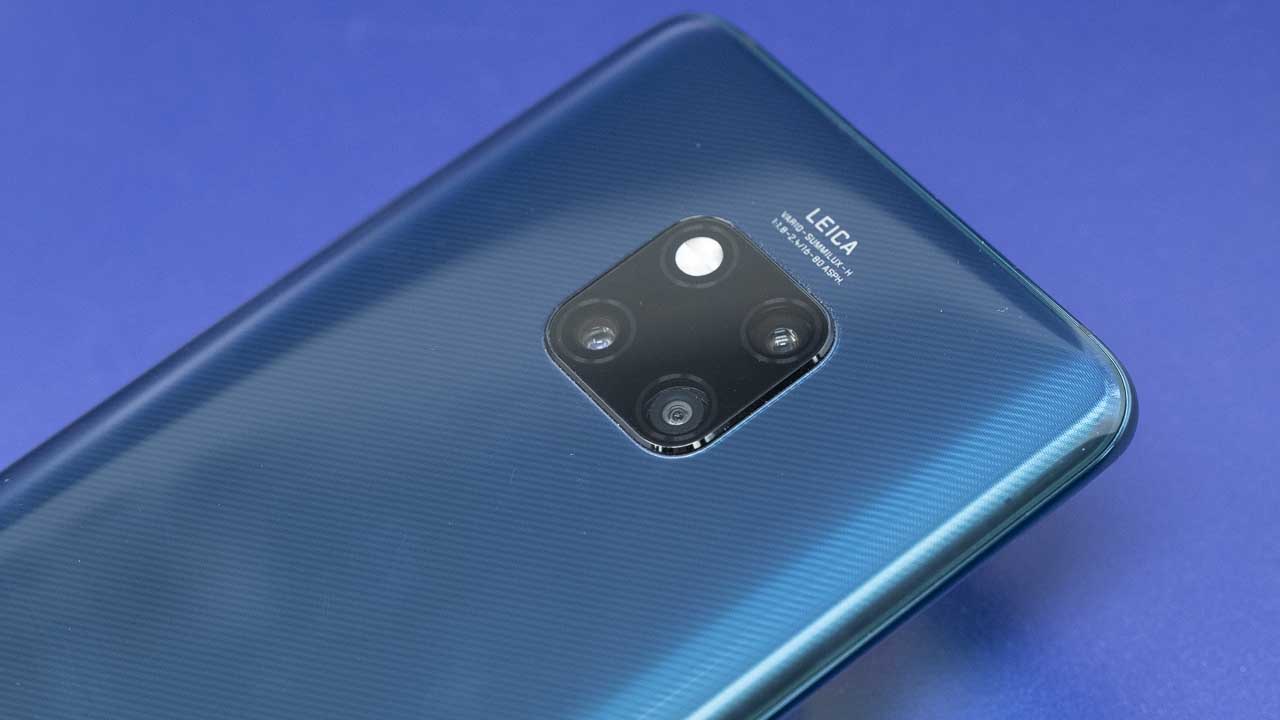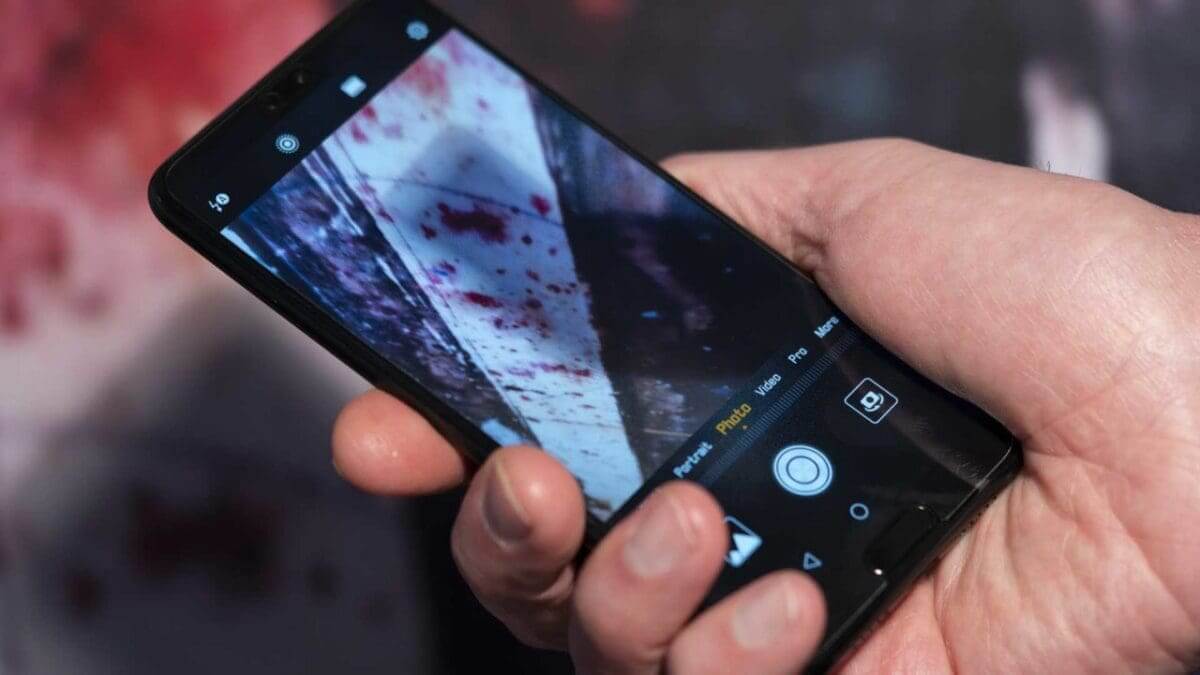We all know that the iPhone is the most popular camera according to Flickr upload data, and we all know the old saying that the best camera is the one you have on you. But despite all that, up until recently, few of us really thought about smartphones, camera phones, whatever you want to call them, as a serious image-making tool.
Your smartphone was fine for snapshots and or to test compositions, but as your primary camera? Never!
But like digital cameras themselves 10+ years ago, the humble smartphone and its camera technology has come on in leaps and bounds. So much so that we recently pit the Huawei P20 Pro against a full-frame and a medium format camera for a laugh and we’re genuinely shocked at how well the P20 held its own.
Smartphone cameras can no longer be ignored, and to celebrate their rise to prominence and a new generation of camera manufacturers, we decided to rank the best phones for photos that you can buy today.

Huawei P30 Pro
- Easy to use
- AI helps produce superb images
- Night mode enables decent low light without a flash or tripod
The Huawei P30 Pro is a high-end Android smartphone that replaces the superb P20 Pro. While the Mate line for Huawei smartphones is strictly speaking the flagship series, the PXX Pro line focuses on the camera performance. As such, Huawei P30 Pro is the first smartphone to feature a Leica quad camera. It also eschews the monochrome sensor of the P20 Pro in favour of the 16mm equivalent camera of the Mate 20 Pro.
The ace in Huawei’s sleeve is its collaboration with the esteemed German camera manufacturer, Leica. That means that the Huawei P30 Pro has a Leica four-camera system. This combines a new 40MP 27mm (equivalent) f/1.6 Huawei SuperSpectrum OIS camera, a 20Mp 16mm (equivalent) ultra wide f/2.2 camera, an 8MP 5x periscope design f/3.4 OIS zoom lens and a Huawei TOF (Time of Flight) lens.
The latter camera looks at how light bounces off objects to give a measure of depth and help improve the focusing and the rendering of out of the focus effects (bokeh). The 8Mp 5x zoom lens has a maximum focal length equivalent to 125mm.
These cameras work as a unit which is called a Leica Vario-Summilux-H1.6-3.4/16-125 ASPH.
As with the Huawei Mate 20 Pro, including a 16mm (equivalent) lens means you can shoot wide-angle shots. That’s ideal for landscapes, cityscapes and cramped interiors. It can really inject some excitement by making skies and buildings look more dramatic.
The new periscope zoom has a square design and it turns the light through 90-degrees to enable the sensor to sit at 90 degrees to the normal orientation. As a result, the lens can be made longer than is normally possible so there’s a 5x optical zoom. There’s also a 10x Hybrid zoom and a 50x digital zoom. That digital zoom takes the focal length to the equivalent of 1343mm.
As usual 4K video recording is on hand and it benefits from the stabilisation system. Naturally, the videos also benefit from the P30 Pro’s low-light capability.
In addition, the multi-camera set-up lets you shoot wide-angle and telephoto video in the same frame.
There is so much to say about how amazing the P30 Pro is and all it can do. For more info – plus images and video – we highly recommend you go check out our Huawei P30 Pro review!

Huawei P20 Pro
- World’s first triple camera design
- Superb image stabilisation
- One of the best portrait modes of any smartphone
The Huawei P20 Pro is the best phone for photos, hands down. In its lab tests DXOMark scored the Huawei P20 Pro camera higher than any previous smartphone camera and looking at the images it produces, it’s easy to see why. It’s now the smartphone by which we will assess other smartphone cameras.
Labelled Leica Vario-Summilux-H1.6-2.4/27-80 ASPH, the P20 Pro’s triple camera setup combines a 1/2.78-inch 20MP f/1.6 monochrome camera with a 1/1.73-inch 40MP RGB (colour) f/1.8 wide-angle camera and a 1/4.4-inch 8MP f/2.4 telephoto camera.
It builds on the cameras in predecessors like the Mate 10 Pro and P10 and it’s very capable. In fact, you can take shots in conditions in which you’d normally not even bother taking your phone out of your pocket.
The Aperture mode particularly impresses, delivering an excellent facsimile of a wide aperture image, elevating portraits. Meanwhile, the stabilisation system enables sharp images to be produced in very low light without the need to push the sensitivity very high.
Huawei Mate 20 Pro
- Leica Vario-Summilux-H1.8-2.4/16-80 ASPH.
- 134% improvement in the AI performance
- SuperCharge option
Like the P20 Pro, the Huawei Mate20 Pro has a triple camera system. However, instead of a Leica Vario-Summilux-H1.6-2.4/27-80 ASPH, the Mate20 Pro has a Leica Vario-Summilux-H1.8-2.4/16-80 ASPH.
The Mate20 Pro’s matrix camera is created by combining a 40Mp f/1.8 wide-angle camera, a 20Mp f/2.2 ultra-wide-angle (16mm) camera and an 8Mp f/2.2 telephoto (80mm) camera. That means there’s an effective focal length range of 16-80mm. With digital zoom technology, this can be taken to 16-270mm.
The Mate 20 Pro uses the new Kirin 980 engine and Dual-MPU (processors). This enables up to 4500 images to be recognised per minute. As a result, there’s a 134% improvement in the AI (artificial intelligence) performance.
This enables better subject recognition as it can identify details rather than just outlines. It can also understand more elements of an image and optimise them independently. That should be useful in high contrast situations.
Huawei has given the Mate 20 Pro a 4200mAh battery. That’s 1000mAh more than the previous incarnation. There’s also a 40W SuperCharge option which charges a dead battery to 70% in 30mins.
Huawei P20
- 12MP RGB f/1.8, 20MP monochrome f/1.6 dual cameras
- Excellent Aperture Mode
- Superb low light performance
Sitting beneath the P20 Pro, the Huawei P20 probably doesn’t get all of the props that it should. Were it in any other manufacturer’s range it would be the flagship phone. The truth is the Huawei P20 has an excellent camera that will more than satisfy most users.
The Huawei P20 uses a dual Leica camera system that combines a 12MP RGB f/1.8 camera with a 20MP monochrome f/1.6 camera. By default, the camera produces 12-megapixel images, but you can opt to shoot 20-megapixel files if you prefer.
The P20 has a Pro shooting mode that allows you to take control over aspects such as the metering mode, sensitivity (ISO), shutter speed, exposure compensation, focus mode and white balance setting.
If you tap the settings icon in the top right corner of the screen you’ll also find that it’s possible to shoot raw files.
Huawei’s use of AI technology enables the P20 to produce high-quality images in very low light conditions without the use of a tripod. Furthermore, in Aperture mode images can be made to resemble those captured by cameras with much larger sensors and expensive fast lenses.
It’s a high-quality device with snappy autofocusing and a stabilisation system that does a great job of smoothing the jitters from handheld video.
![]()
Google Pixel 3
- Fantastic Night Sight mode
- Simple operation
- Highly detailed shots
- Great Portrait mode
Aimed particularly towards photographers – the name is a bit of a giveaway – the Pixel 3 doesn’t represent a massive upgrade in terms of hardware, but there have been some interesting improvements made particularly to software.
As before, the rear camera is a single 12.2 megapixel unit, with dual-pixel autofocusing and an 28mm f/1.8 equivalent lens. On the front of the camera, there are now two cameras – giving you the option to shoot wider-angle selfies and group shots.
Colours are realistic, but have enough vibrancy to still be attractive, while the overall impression of detail – certainly when looking at images at around A4 size or below is very good.
Although the Pixel 3 only has one lens, its Portrait mode is extremely impressive. Despite the name, you can use it with other subjects to create shallow depth of field effects, with very good results in a variety of different situations. It is easily comparable with phones like the iPhone XS or Mate 20 Pro, which both use two lenses to create similar effects.
The new Night Sight mode is the standout feature of the Pixel 3. Previously we’ve been extremely impressed by the Night Mode on the Huawei Mate 20 Pro and the Huawei P20 Pro, but Google’s version is an ever so slightly better performer, resulting in more accurate colours.
With the Pixel 3 you get an extremely well performing cameraphone. If you’re in the market for a phone which takes great pictures with the minimum of input and fuss, the Pixel 3 is well worth investigating.

iPhone X
- Dual 12MP cameras
- Dual wide-angle and telephoto lenses
- 4K video recording
- OIS
The iPhone X camera is not only the best that Apple has ever produced, but is also one of the best currently on the market. It produces bright, vibrant and well-detailed images, particularly in good light, and the Portrait Mode offers some stunning images.
The iPhone X’s dual cameras feature new wide-angle (28mm equivalent) and telephoto (56mm equivalent) lenses with bright apertures at f/1.8 and f/2.4, respectively. The lenses also boast new Optical Image Stabilisation.
The iPhone X can also record 4K video at 60fps, making it a very powerful option for video as well as stills.
Samsung Galaxy S10 (S10 Plus)
- Triple camera setup
- Bright Night mode for low light
- 4K UHD video
Samsung’s latest flagship smartphones carry on the company’s strong imaging pedigree. The Samsung S10 camera array comprises a 12-megapixel, wide-angle main camera with dual pixel AF and optical image stabilisation, a 16-megapixel ultra-wide-angle camera with no AF and a 12-megapixel camera with a telephoto lens and phase detection AF.
The S10 and S10 Plus all feature an 8-megapixel RGB depth-sensing camera, while the video-enhanced S10 5G boasts a time of flight depth sensing camera on the front and rear of the phone.
These are able to sense the distance of objects in the scene and apply filters and effects, such as background blur, in real time to your videos.
All of the new Samsung Galaxy S10 cameras can shoot 4K UHD video in the HDR10+ format, as well as an AI-driven Scene Optimizer that can recognise up to 30 different types of scenes.
Of these, Bright Night follows Huawei’s much-lauded Night Mode and allows users to shoot handheld long exposures in low light.






